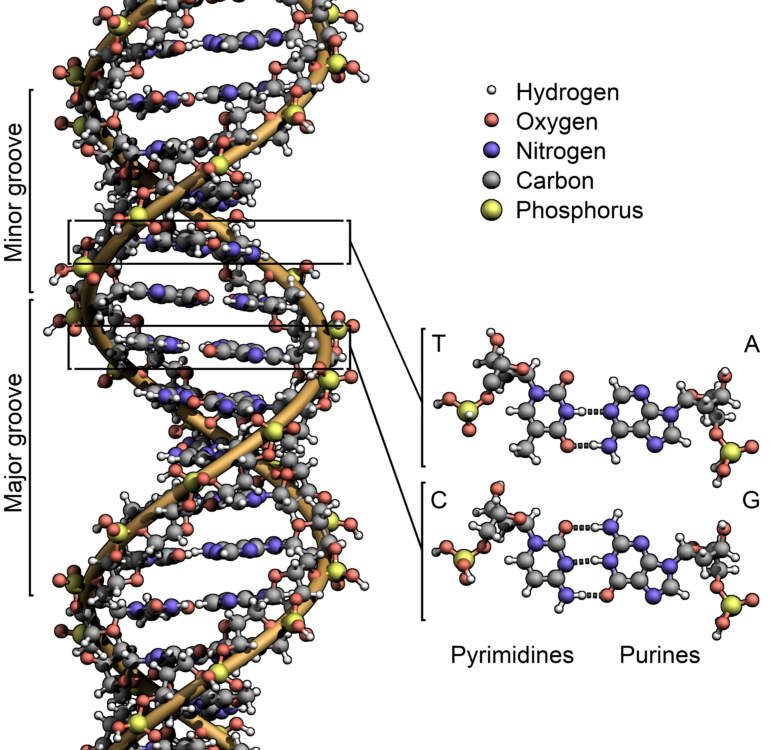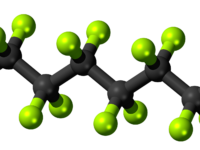DNA: the fundamental building block of all life. Nearly every student learns about the master of genetic information as early as elementary school. DNA is the carrier of this important code within all living organisms. However, it isn’t just what DNA encodes for that is important, but also its very design.
The structure of DNA is incredibly unique and useful in the realm of material science. Its molecular makeup aligns directly with the classification of polymers within this field. Polymers are a standard class of substances that are made of large organic molecules called macromolecules — for example, rubber. Polymers are often extremely tough and elastic — qualities that are very interesting to scientists when designing new materials. DNA, however, has specific properties of its design that are especially interesting to material scientists.
DNA is composed of deoxyribonucleotides, nucleotides for short, which direct the bonding sequence between the two strands. These nucleotides will bond in a specific manner, determining the shape of the DNA structure. For material scientists, this specialized bond sequence allows for the ability to ‘program’ how DNA folds into specific shapes of their choosing. These folded shapes are called “origami,” which can self-assemble into a variety of structures based on the composition of nucleotides the researchers select.
“For material scientists, this specialized bond sequence allows for the ability to ‘program’ how DNA folds into specific shapes of their choosing.”
Zooming out even further, these origami shapes can form a lattice — a repeating block-like structure that is extremely stable. The foundation of the lattice is these origami DNA shapes, but material scientists can add other inorganic or organic materials to alter the properties of the overall material. In fact, researchers from Columbia University, the University of Connecticut, and the U.S. Department of Energy’s Brookhaven Laboratory decided to explore the properties of the structure by adding pure silica glass into the scaffolding of the DNA lattice.
The researchers wanted to enhance the properties of glass while minimizing its defects. They used microscopic layers of silica glass and coated the DNA frames. Typical pieces of glass are fragile, and easily develop flaws in their structure that cause them to shatter. The DNA-silica material, at first glance, seemed to be impervious to these flaws. In fact, the material seemed to be incredibly strong.
“Under the test of nanoindentation, this material showed to be over four times stronger than steel.”
The team specifically used a technique called nanoindentation to test exactly how strong the material may be. Nanomaterials like the DNA-silica lattice are too small to see with the naked eye, so extremely specialized tests must be used to learn about their qualities. Nanoindentation applies pressure to the material on a small scale to compress it, and the compression behavior is monitored by highly specialized equipment. Using this technique, researchers can measure if any cracks form, or if the structure begins to fail during compression. Under the test of nanoindentation, this material showed to be over four times stronger than steel. Not only is it stronger than steel, but also its unique composition means that it is almost five times lighter than steel.
“The success of such a material to this degree is currently unparalleled, and the applications of this nano DNA-silica lattice are incredibly promising.”
The success of such a material to this degree is currently unparalleled, and the applications of this nano DNA-silica lattice are incredibly promising. Additionally, the discovery of such a strong lightweight material may result in a myriad of fabrication of other incredible nanomaterials in the future.






